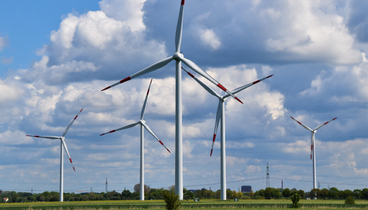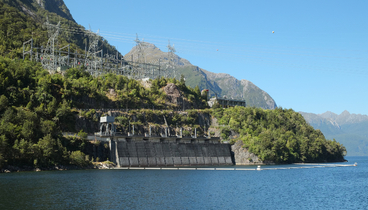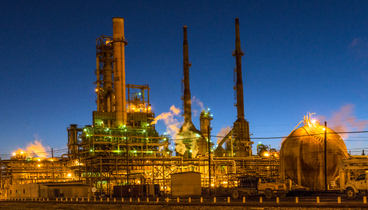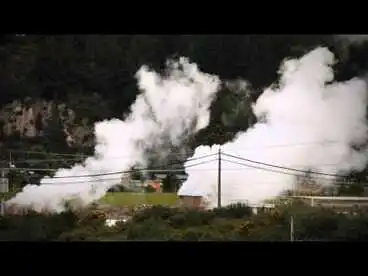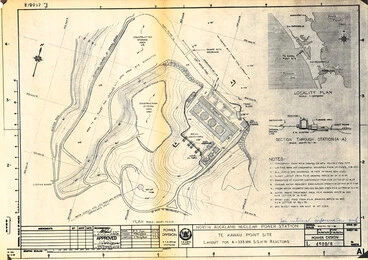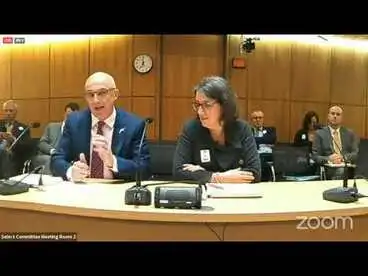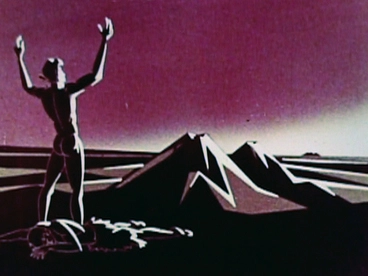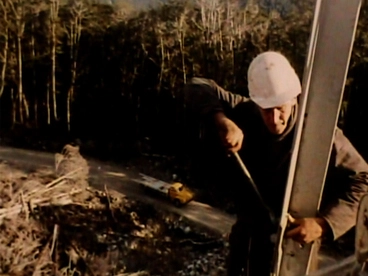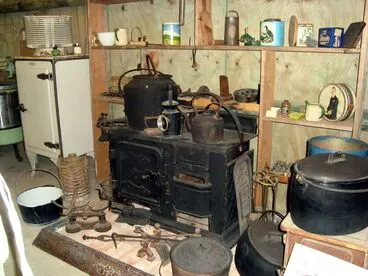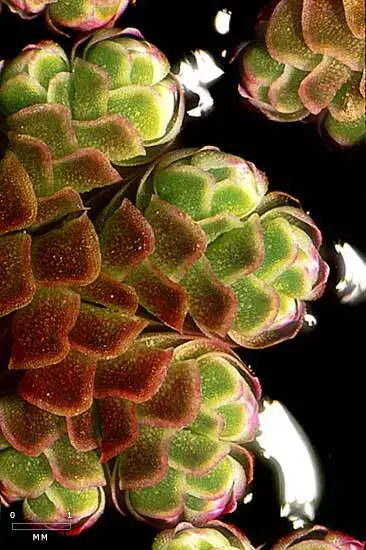Energy
A DigitalNZ Story by National Library of New Zealand Topics
The search for new sources of power will never end. This topic covers the science, technology and history of various sources of energy like hydro, nuclear, and fossil fuels. it also includes sustainable and renewable power including solar, wind and tidal power. SCIS no. 1933908
Clyde Dam, Otago - Photograph taken by Phil Reid
Alexander Turnbull Library
Renewable energy
National Library of New Zealand
Renewable energy (junior)
National Library of New Zealand
Oil and gas (fossil fuels)
National Library of New Zealand
Geothermal power at Wairākei - Roadside Stories
Manatū Taonga, the Ministry for Culture and Heritage
Wave-powered generator
Manatū Taonga, the Ministry for Culture and Heritage
Wind power
Science Learning Hub
Exploring solar power
Science Learning Hub
Plan for a nuclear power plant on Kaipara Harbour
Archives New Zealand Te Rua Mahara o te Kāwanatanga
Burning fossil fuels
Science Learning Hub
Inventor, Frank Cresswell - Photograph taken by Greg King
Alexander Turnbull Library
Volcanic Power
NZ On Screen
Auckland blackout, 1998
Manatū Taonga, the Ministry for Culture and Heritage
Energy sources through time – timeline
Science Learning Hub
Hydrogen fuel cells
Science Learning Hub
Building the Roxburgh dam
Manatū Taonga, the Ministry for Culture and Heritage
Pylon, Taranaki, 2002
Museum of New Zealand Te Papa Tongarewa
The Line
NZ On Screen
'Damn the dam'
Manatū Taonga, the Ministry for Culture and Heritage
Anderson Steam Engine
Museum of New Zealand Te Papa Tongarewa
Poster, 'Coal Is Power'
Museum of New Zealand Te Papa Tongarewa
Coal Range
Kete Horowhenua
Living light
Services to Schools
Biomass energy
Services to Schools
How Electricity is made?
Services to Schools
Tidal energy optimisation
Services to Schools
Wind energy in New Zealand
Services to Schools
Fossil fuel
Services to Schools
The story of fossil fuel
Services to Schools
Renewable energy
Services to Schools
Is hydrogen still the fuel of the future?
Services to Schools
Electricity generation and demand in New Zealand
Services to Schools
Dangers of nuclear power
Services to Schools
Types of energy
Services to Schools
What is energy?
Services to Schools
Energy efficient appliances
Services to Schools
Increasing demand
Services to Schools
Borrower in Junior Journal 57, Level 2: Nov: 2018
Services to Schools
Māui gas platform
Manatū Taonga, the Ministry for Culture and Heritage
Nuclear fusion
Services to Schools
From uranium to nuclear plants
Services to Schools
How does nuclear power work
Services to Schools
New Zealand wind energy
Services to Schools
Stewart Lister in his solar energy powered car
Energy from the sun is an abundant and renewable source of energy. Solar panels generate electricity directly from the sun. This is an image of Solar Kiwi, a solar-powered car designed by New Zealanders, Vivianne and Stewart Lister displayed at the electronic vehicle symposium in Wellington. The couple raced their car in the World Solar Challenge held in Australia. Their average speed was 50 km/h.
Alexander Turnbull Library
Kaipara tidal power turbine
Tidal power, a renewable source of energy, uses underwater turbines and generators to convert the movement of tidal water into electricity. A tidal power station was to be built in the Kaipara Harbour, but marine environmental groups and NIWA were against this move. They stated that the turbines could destroy marine life and sea birds, especially snapper as the harbour acts as a nursery for this species. Local fishermen felt more testing was needed on tidal power to estimate its effectiveness.
Alexander Turnbull Library
Making the wind work
People have used wind power to propel their ships and boats for thousands of years before they realised that wind could also be a source of power in other areas. It was in 1888 that inventor Charles Bush created the first wind turbine to create electricity for his mansion in Ohio, USA. This article from 1910 is about a British engineer and his wind-motor that promises to replace coal and gasoline. Wind is a much sought-after source of renewable and alternate energy. The Tararua wind farm located near Palmerston North is New Zealand’s largest wind farm.
National Library of New Zealand
'If NZ had nuke power?
New Zealand’s nuclear story began in late 1955 when two prospectors Fredrick Cassin and Charles Jacobsen accidentally discovered uranium on the West Coast. Their Geiger counter began ticking wildly near the rock face. However, in 1987, David Lange’s Government passed the New Zealand Nuclear Free Zone, Disarmament, and Arms Control Act. Since then there have been debates about this act and the idea of nuclear energy as a source of alternate energy. This image plays on the idea of nuclear power in New Zealand and where these power stations might be located. In this case on or in front of some of our most iconic landscape features!
Alexander Turnbull Library
Wairakei Geothermal Power Station
The Wairakei power station lies beside the Waikato River around 7 km north of Taupo above an active volcanic zone It is the world’s second geothermal power station and the first to use steam from the geothermal water as an energy source to generate electricity. It was completed in 1963. Unfortunately, the Waikato Regional Council has reported that the power station has had a serious impact on the environment with the reduction of sinter-depositing springs, geysers and their ecosystems in the surrounding area.
Alexander Turnbull Library
How does an electric motor work?
Services to Schools
Electricity
DigitalNZ
Meremere thermal power station
Services to Schools
What is gasoline made of?
Services to Schools
Hydropower
Services to Schools
Environment : energy
Services to Schools
Renewable fuels
Services to Schools
How does the sun make energy?
Services to Schools
Think green - Utilizing renewable solar energy
Services to Schools
Wind and solar power
Services to Schools
How do you turn rubbish into energy?
Services to Schools
Geothermal energy
Services to Schools
How hydroelectricity works
Services to Schools
Learn how to live a lower carbon lifestyle
Services to Schools
Wind energy student fact sheet
Services to Schools
